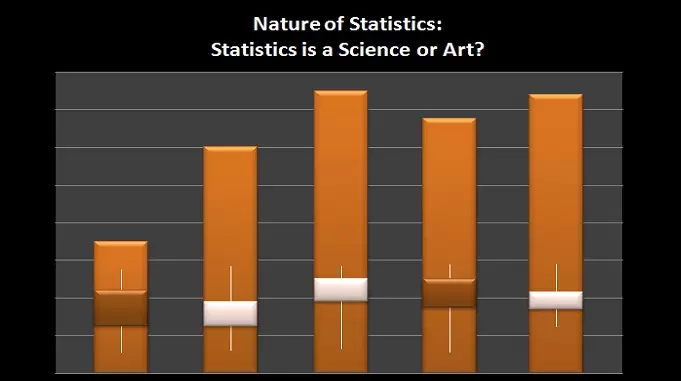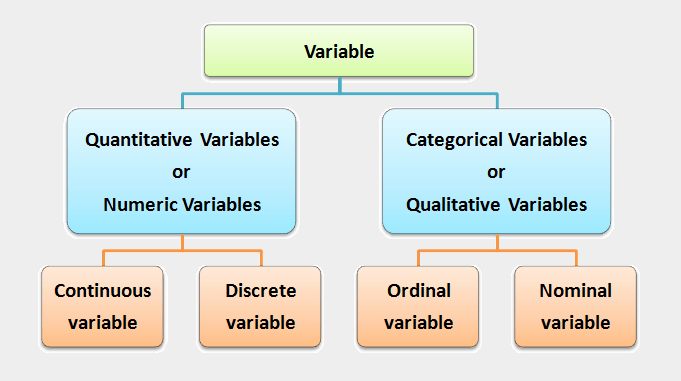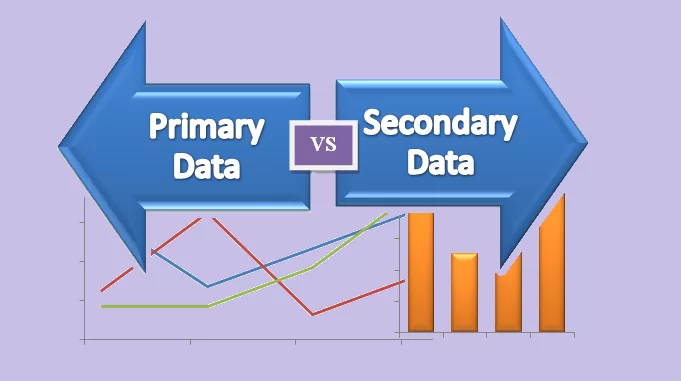
Nature of Statistics: Is Statistics a Science or an Art?
It is often debated whether statistics is a science or an art, what is the nature of statistics? It is not possible to categorize everything as “art” or “science.” Statistics is a science as well as an art. Statistics is a mathematical branch that focuses on methods and models for data analysis.
Read also – All topics of Introduction of Statistics
Statistics is a Science:
- Statistics is a science because statistical techniques are systematic and have broad applications.
- Statistics is the science of collecting, organizing, presenting, analyzing, and interpreting numerical data in order to make better decisions.
- Statistics is a science, so it must be applied in the same way as any other technique.
Before you can choose the best way to apply statistics, you must first know what you want to get out of them. For example, the common belief is that if the data is not good enough, no amount of statistical manipulation will produce the desired result.
- It is similar to science because methods of analyzing data often start with explicit models.
It shares the difficulty of science (and engineering) when applied, in that its ultimate usefulness is dependent on whether the model selected is suitable and, if so, how well the model is applied.
- A systematic body of knowledge is called science.
It studies the relationships between causes and effects and tries to generalize them in the form of scientific concepts or laws. It neutrally describes and avoids good or bad judgments.
- Nature is mapped into a form by science that humans can understand.
Math is an abstract system that is frequently used as a scientific tool. As a result, statistics is a type of mathematics. They are a part of the abstract system known as mathematics. They are also a scientific tool, used in nature mapping.
- Science, on the other hand, is not a precise tool for confirming something.
The numbers can be misinterpreted or purposefully rigged or manipulated to favor a particular point of view or agenda. It can be used to collect useful information (both good and bad) as well as unexpected surprises.
- Although it was doubtful among natural scientists a century ago to recognize statistics as a separate science, statistics are used in almost all sciences today.
This means that concepts and procedures derived from the science of statistics are used in the design of scientific experiments and the evaluation of their outcomes.
- Because statistical phenomena are often affected by a multitude of causes that cannot always be quantified exactly, statistics as a science differs from exact sciences such as physics, chemistry, and zoology.
In other words, statistics is less precise than natural sciences by definition. Only in a limited sense is it science, i.e. as a specific subject of knowledge.
- Statistics is more correctly referred to as a scientific approach because it is a tool that can be applied to scientific research.
“Statistics is not a body of substantive knowledge but a body of methods for obtaining knowledge,” rightly stated Wallis and Robert.
- In a nutshell, statistics is a science, because it is like a lighthouse that provides light to ships so they can find their own way but cannot direct them in the right direction.
Statistics is an Art:
- We know that if science is knowledge, then art is action.
Statistics can be viewed as an art from this perspective. It includes the use of the given methods to collect facts, derives outcomes, and finally, apply them to take suitable action.
- Successful application of these methods requires statistical tool proficiency and expertise. These characteristics make it an art.
- In general, art is everything that humans produce, make, or do (artificial). However, it is meant to be an interpretive process with gray areas and approximations.
- According to Peter and Adam, “the interpretation of statistics is closer to an art or craft”. Art is an expression that usually arises from the viewer’s humanistic emotional feelings.
- The creation of theory and methods, like all mathematics, is a creative process that shares this characteristic with art.
- Statistics is an art, because the ability to handle facts in order to achieve a specific goal is an art. It is focused on methods for presenting and handling data, forming logical inferences, and making appropriate conclusions.
Hence, Statistics is a Science as well as an Art:
- Statistics is a branch of mathematics, and pursuing statistics requires a strong mathematical understanding and knowledge. Mathematics is both an art and a science, and it is the foundation of almost all scientific fields of study and research.
- Theoretical statistics is a mathematical branch. It is, in fact, neither an art nor a science; it is math. Math is a science and interpretation is an art.
- Data analysis is both an art and a science. Mathematics is definitely a science, and the way data is presented, for example, through visualization, could be considered art.
Nature of statistics: Hence, statistics can be regarded as ‘both an Art and a Science‘ and, as a result, statistics can be viewed from both a scientific and artistic viewpoint.
(Source – Various books from the college library)
Copyrighted Material © 2019 - 2024 Prinsli.com - All rights reserved
All content on this website is copyrighted. It is prohibited to copy, publish or distribute the content and images of this website through any website, book, newspaper, software, videos, YouTube Channel or any other medium without written permission. You are not authorized to alter, obscure or remove any proprietary information, copyright or logo from this Website in any way. If any of these rules are violated, it will be strongly protested and legal action will be taken.




Be the first to comment